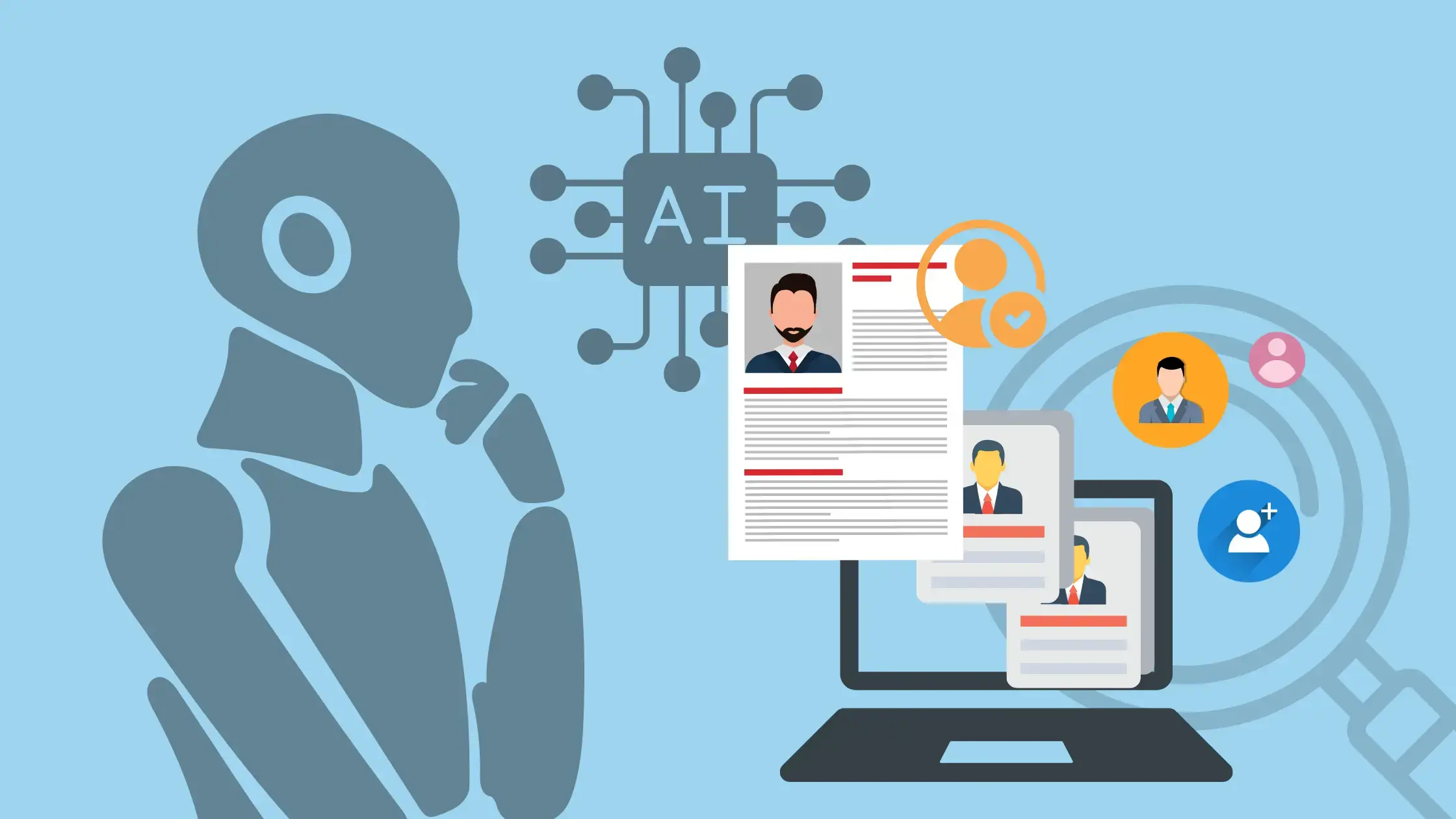Searching for your dream job is exciting but it can also be stressful. Whether you’re unemployed, looking for a new opportunity, or are employed and searching for a better opportunity, the interview process can be nerve-wracking. Going into any interview process with the proper preparation can ease ...

In recent years, technology has significantly transformed various aspects of our lives, from how we communicate to how we shop. One area that has seen a profound impact is the hiring process. With the advent of advanced technologies, companies are now equipped with tools that streamline recruitment, enhance candidate experience, and improve overall efficiency. This blog post delves into the ways technology is revolutionizing the hiring process.
1. Automated Screening and AI-Powered Recruitment
One of the most time-consuming aspects of hiring is the initial screening of resumes. Traditionally, HR professionals had to sift through hundreds or even thousands of applications manually. However, with the advent of AI-powered recruitment tools, this process has become much more efficient. These tools can quickly analyze resumes, identify key qualifications, and rank candidates based on their fit for the role.
Automated screening not only saves time but also reduces human bias. AI algorithms can be programmed to focus solely on the qualifications and experience required for the job, ensuring a more objective assessment of candidates.
2. Video Interviews and Virtual Hiring
The global pandemic accelerated the adoption of remote work and virtual hiring processes. Video interviews have become a standard part of the recruitment process, allowing companies to connect with candidates from anywhere in the world. Platforms like Zoom, Microsoft Teams, and Skype facilitate seamless virtual interviews, making it easier for both employers and candidates to engage without geographical constraints.
Virtual hiring also includes online assessments and remote onboarding processes, ensuring that new hires can start their roles efficiently, regardless of their location. To dive deeper, check out this blog post on interview tips, specifically virtual and video interviews.
3. Data-Driven Decision Making
Data analytics is another technological advancement that is revolutionizing the hiring process. Companies are now leveraging data to make more informed hiring decisions. By analyzing various metrics, such as time-to-hire, cost-per-hire, and candidate sources, HR professionals can identify trends and improve their recruitment strategies.
Moreover, predictive analytics can help anticipate future hiring needs, allowing companies to proactively build talent pipelines and reduce time-to-fill for critical positions.
4. Enhanced Candidate Experience
A positive candidate experience is crucial for attracting top talent. Technology plays a significant role in enhancing this experience. Applicant tracking systems (ATS) and recruitment management software streamline the application process, making it easier for candidates to apply and track their application status.
Chatbots and automated communication tools provide instant responses to candidate inquiries, keeping them informed and engaged throughout the hiring process. Additionally, personalized email campaigns and feedback mechanisms ensure that candidates feel valued and respected.
5. Diversity and Inclusion
Technology is also aiding efforts to increase diversity and inclusion in the workplace. AI-powered tools can help identify and eliminate unconscious biases in job descriptions and candidate evaluations. For example, gender-neutral language in job postings can attract a more diverse pool of applicants.
Moreover, data analytics can help track diversity metrics and identify areas for improvement, enabling companies to create more inclusive hiring practices.
6. Collaborative Hiring
Modern recruitment technologies facilitate collaborative hiring, where multiple stakeholders can participate in decision-making. Shared platforms and tools allow hiring managers, team members, and HR professionals to review candidate profiles, provide feedback, and collaborate on hiring decisions in real time.
This collaborative approach ensures that diverse perspectives are considered, leading to better hiring outcomes and a more cohesive team dynamic.
Bullhorn is a great ATS system, one that is all-encompassing and allows for internal team members to track touchpoints and much more.
Conclusion
Technology is undoubtedly revolutionizing the hiring process, making it more efficient, data-driven, and inclusive. From AI-powered recruitment to virtual hiring and enhanced candidate experiences, the benefits are manifold. As companies continue to adopt and innovate with these technologies, the future of hiring looks promising, with improved outcomes for both employers and candidates. Embracing these technological advancements will be key to staying competitive in the ever-evolving job market.






